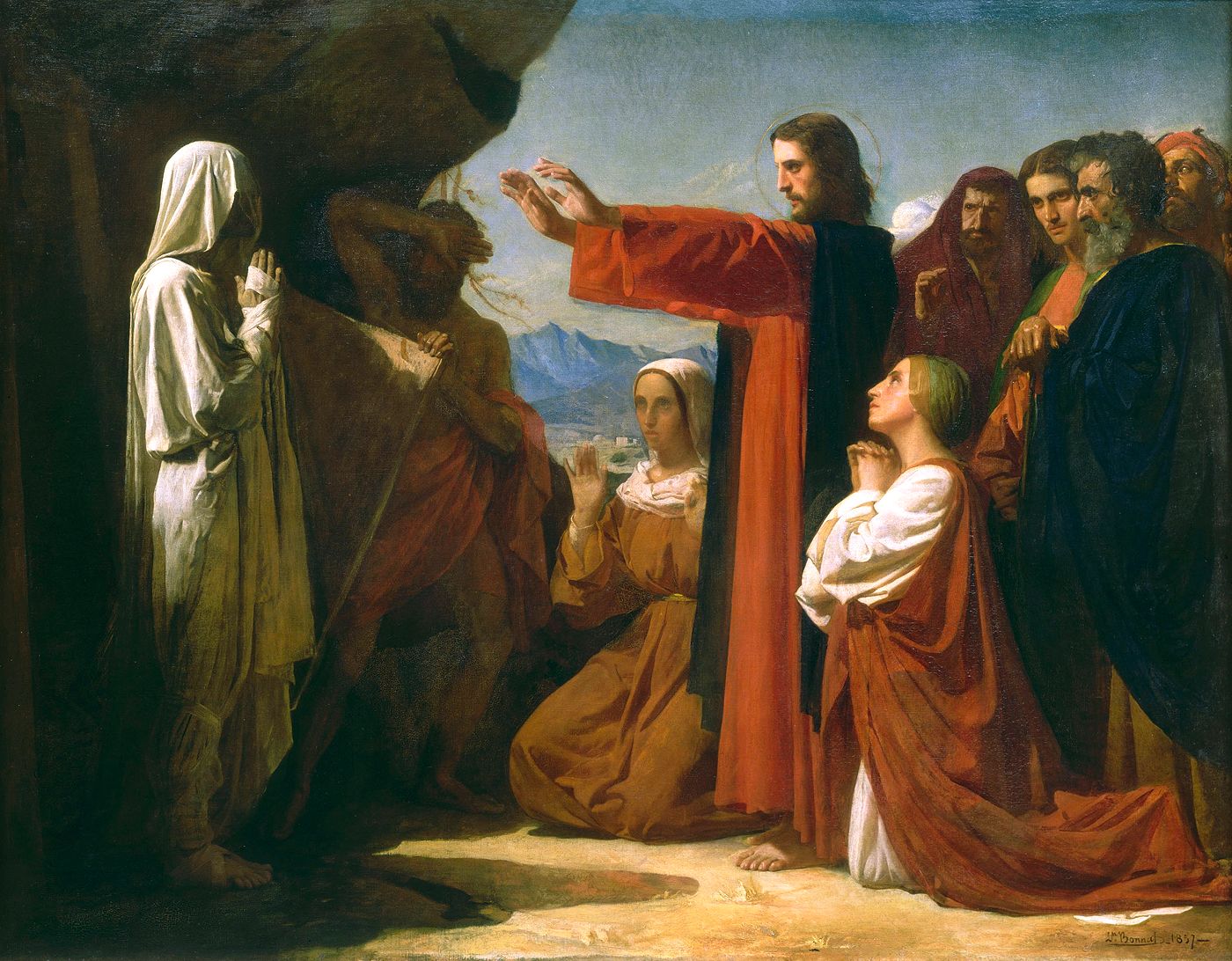|
Tajrid Al-I'tiqad
Tajrīd al-iʿtiqād (عربی: تجرید الاعتقاد) or Tajrid al-Kalam is a work by Nasir al-Din al-Tusi about Shia beliefs in Islamic theology. ''Tajrīd'' is the most famous scholastic text in Shiite theology and most effective work in history of apologetic written by Nasir al-Dīn Ṭūsī. Author Ṭusi, was a celebrated polymath and vizier, whose prominent work was on topics in literary, theological and scientific disciplines. Ṭūsī (d. 672/1274) was admired by scholars in spheres such as Kalam and philosophy. He wrote nearly 274 essays on different subjects. His theological works is along with criticism of precedents such as Talkhis Al Mohassal or guidebooks in Arabic and Persian language for the sake of learning. Title There are different opinions on the title of the work. Agha Bozorg sees the name of the book as Tahrir with reference to Tusi's expressions in its introduction. Agha Bozorg views the composite name of Tajrid Al Kalam fi Tahrir Al Eteghad as the ti ... [...More Info...] [...Related Items...] OR: [Wikipedia] [Google] [Baidu] |
Nasir Al-Din Al-Tusi
Muḥammad ibn Muḥammad ibn al-Ḥasan al-Ṭūsī (1201 – 1274), also known as Naṣīr al-Dīn al-Ṭūsī (; ) or simply as (al-)Tusi, was a Persians, Persian polymath, architect, Early Islamic philosophy, philosopher, Islamic medicine, physician, Islamic science, scientist, and kalam, theologian. Nasir al-Din al-Tusi was a well published author, writing on subjects of math, engineering, prose, and mysticism. Additionally, al-Tusi made several scientific advancements. In astronomy, al-Tusi created very accurate tables of planetary motion, an updated planetary model, and critiques of Ptolemaic astronomy. He also made strides in logic, mathematics but especially trigonometry, biology, and chemistry. Nasir al-Din al-Tusi left behind a great legacy as well. Tusi is widely regarded as one of the greatest scientists of medieval Islam, since he is often considered the creator of trigonometry as a mathematical discipline in its own right. The Muslim scholar Ibn Khaldun (1332–1406) ... [...More Info...] [...Related Items...] OR: [Wikipedia] [Google] [Baidu] |
Prophecy
In religion, mythology, and fiction, a prophecy is a message that has been communicated to a person (typically called a ''prophet'') by a supernatural entity. Prophecies are a feature of many cultures and belief systems and usually contain divine will or law, or preternatural knowledge, for example of future events. They can be revealed to the prophet in various ways depending on the religion and the story, such as visions, or direct interaction with divine beings in physical form. Stories of prophetic deeds sometimes receive considerable attention and some have been known to survive for centuries through oral tradition or as religious texts. Etymology The English noun "prophecy", in the sense of "function of a prophet" appeared from about 1225, from Old French ''profecie'' (12th century), and from ''prophetia'', Greek language">Greek ''propheteia'' "gift of interpreting the will of God", from Greek ''prophetes'' (see prophet). The related meaning, "thing spoken or writt ... [...More Info...] [...Related Items...] OR: [Wikipedia] [Google] [Baidu] |
Sayyid Amjad H
''Sayyid'' is an honorific title of Hasanid and Husaynid lineage, recognized as descendants of the Islamic prophet Muhammad through his daughter Fatima and Ali's sons Hasan and Husayn. The title may also refer to the descendants of the family of the Bani Hashim through the Prophet’s great-grandfather Hashim, and others including Hamza, Abbas, Abu Talib, and Asad ibn Hashim. Etymology A few Arabic language experts state that it has its roots in the word ''al-asad'' , meaning "lion", probably because of the qualities of valor and leadership. The word is derived from the verb sāda, meaning to rule. The title seyyid/sayyid existed before Islam, however not in light of a specific descent, but as a meritocratic sign of respect. Hans Wehr's '' Dictionary of Modern Written Arabic'' defines seyyid as a translation for master, chief, sovereign, or lord. It also denotes someone respected and of high status. In the Arab world, ''sayyid'' is the equivalent of the Engli ... [...More Info...] [...Related Items...] OR: [Wikipedia] [Google] [Baidu] |
Ali Qushji
Ala al-Dīn Ali ibn Muhammed (1403 – 18 December 1474), known as Ali Qushji (Ottoman Turkish language, Ottoman Turkish : علی قوشچی, ''kuşçu'' – falconry, falconer in Turkish language, Turkish; Latin: ''Ali Kushgii'') was a Timurid Empire, Timurid Schools of Islamic theology, theologian, Mufti, jurist, Islamic astronomy, astronomer, Islamic mathematics, mathematician and Islamic physics, physicist, who settled in the Ottoman Empire some time before 1472. As a disciple of Ulugh Beg, he is best known for the development of Astrophysics, astronomical physics independent from natural philosophy, and for providing empirical evidence for the Earth's rotation in his treatise, ''Concerning the Supposed Dependence of Astronomy upon Philosophy''. In addition to his contributions to Ulugh Beg's famous work Zij-i-Sultani and to the founding of Sahn-ı Seman Medrese, one of the first centers for the study of various traditional Islamic sciences in the Ottoman Empire, Ali Kuş ... [...More Info...] [...Related Items...] OR: [Wikipedia] [Google] [Baidu] |
Al-Sharif Al-Jurjani
Ali ibn Mohammed al-Jurjani (1339–1414) (Persian ) was a Persian encyclopedic writer, scientist, and traditionalist theologian. He is referred to as "al-Sayyid al-Sharif" in sources due to his alleged descent from Ali ibn Abi Taleb. He was born in the village of Ṭāḡu near Astarabad in Gorgan (hence the ''nisba'' "Jurjani"), and became a professor in Shiraz. When this city was plundered by Timur in 1387, he moved to Samarkand, but returned to Shiraz in 1405, and remained there until his death. The author of more than fifty books, of his thirty-one extant works, many being commentaries on other works, one of the best known is the ''Taʿrīfāt'' (تعريفات "Definitions"),Kitâb Ta`rîfat al-`ulûm wa tahqîqât r-rusûm, Edition critique: Abdelmoula HAGIL, Paris, 2019, 536p. which was edited by G Flügel (Leipzig, 1845), published also in Constantinople (1837), Cairo (1866, etc.), and St Petersburg (1897). See also * List of people from Gorgan * List of Hanafis * Li ... [...More Info...] [...Related Items...] OR: [Wikipedia] [Google] [Baidu] |
Al-Allama Al-Hilli
Jamāl ad-Dīn al-Ḥasan bin Yūsuf bin ʿAli ibn al-Muṭahhar al-Ḥillī (; December 1250 – December 1325), known by the honorific title al-Allāmah al-Ḥillī (, ''"The Sage of Hillah"'') was an Iraqi Arab scholar and one of the most influential Twelver Shi'i Muslim authors of all time. He was an expert in Twelver theology, a pioneering mujtahid, as well as the first scholar to be referred to with the title "Ayatullah". Al-Hurr al-Amili enumerated no less than 67 works by him. He is considered the first scholar to successfully disseminate Shia Islam widely in Persia. Names and titles Al-Ḥilli's name is as follows: His kunya was Abu Manṣūr and his first title was ʿAllāma "sage," his second, Jamāl al-Dīn, and third, Jamāl al-Milla wa l-Ḥaqq wa l-Dīn. His given name was al-Ḥasan and his father's given name was Yūsuf. Life Al-Hilli also known as "the sage of Hilla", was born in Hillah, Iraq, commonly viewed as the centre of Shia Islam when Sunni leaders w ... [...More Info...] [...Related Items...] OR: [Wikipedia] [Google] [Baidu] |
Resurrection
Resurrection or anastasis is the concept of coming back to life after death. Reincarnation is a similar process hypothesized by other religions involving the same person or deity returning to another body. The disappearance of a body is another similar but distinct belief in some religions. With the advent of written records, the earliest known recurrent theme of resurrection was in Egyptian and Canaanite religions, which had cults of dying-and-rising gods such as Osiris and Baal. Ancient Greek religion generally emphasised immortality, but in the mythos, a number of individuals were made physically immortal as they were resurrected from the dead. The universal resurrection of the dead at the end of the world is a standard eschatological belief in the Abrahamic religions. As a religious concept, resurrection is used in two distinct respects: # a belief in the ''individual resurrections'' of individual souls that is current and ongoing (e.g., Christian idealism, realized e ... [...More Info...] [...Related Items...] OR: [Wikipedia] [Google] [Baidu] |
Shia
Shia Islam is the second-largest branch of Islam. It holds that Muhammad designated Ali ibn Abi Talib () as both his political successor (caliph) and as the spiritual leader of the Muslim community (imam). However, his right is understood to have been usurped by a number of Muhammad's companions at the meeting of Saqifa where they appointed Abu Bakr () as caliph instead. As such, Sunni Muslims believe Abu Bakr, Umar (), Uthman () and Ali to be ' rightly-guided caliphs' whereas Shia Muslims only regard Ali as the legitimate successor. Shia Muslims assert imamate continued through Ali's sons Hasan and Husayn, after whom different Shia branches have their own imams. They revere the , the family of Muhammad, maintaining that they possess divine knowledge. Shia holy sites include the shrine of Ali in Najaf, the shrine of Husayn in Karbala and other mausoleums of the . Later events such as Husayn's martyrdom in the Battle of Karbala (680 CE) further influenced the ... [...More Info...] [...Related Items...] OR: [Wikipedia] [Google] [Baidu] |
Ontology
Ontology is the philosophical study of existence, being. It is traditionally understood as the subdiscipline of metaphysics focused on the most general features of reality. As one of the most fundamental concepts, being encompasses all of reality and every entity within it. To articulate the basic structure of being, ontology examines the commonalities among all things and investigates their classification into basic types, such as the Theory of categories, categories of particulars and Universal (metaphysics), universals. Particulars are unique, non-repeatable entities, such as the person Socrates, whereas universals are general, repeatable entities, like the color ''green''. Another distinction exists between Abstract and concrete, concrete objects existing in space and time, such as a tree, and abstract objects existing outside space and time, like the number 7. Systems of categories aim to provide a comprehensive inventory of reality by employing categories such as Substance t ... [...More Info...] [...Related Items...] OR: [Wikipedia] [Google] [Baidu] |
Isma'ilism
Ismailism () is a branch of Shia Islam. The Isma'ili () get their name from their acceptance of Imam Isma'il ibn Jafar as the appointed spiritual successor (Imamate in Nizari doctrine, imām) to Ja'far al-Sadiq, wherein they differ from the Twelver Shia, who accept Musa al-Kazim, the younger brother of Isma'il, as the Imamah (Shia doctrine), true Imām. After the death of Muhammad ibn Isma'il in the 8th century CE, the teachings of Ismailism further transformed into the belief system as it is known today, with an explicit concentration on the deeper, esoteric meaning () of the Islamic religion. With the eventual development of Usulism and Akhbarism into the more literalistic () oriented, Shia Islam developed into two separate directions: the metaphorical Ismaili, Alevism, Alevi, Bektashi Order, Bektashi, Alians, Alian, and Alawites, Alawite groups focusing on the mysticism, mystical path and nature of God in Islam, God, along with the "Imam of the Time" representing the mani ... [...More Info...] [...Related Items...] OR: [Wikipedia] [Google] [Baidu] |







